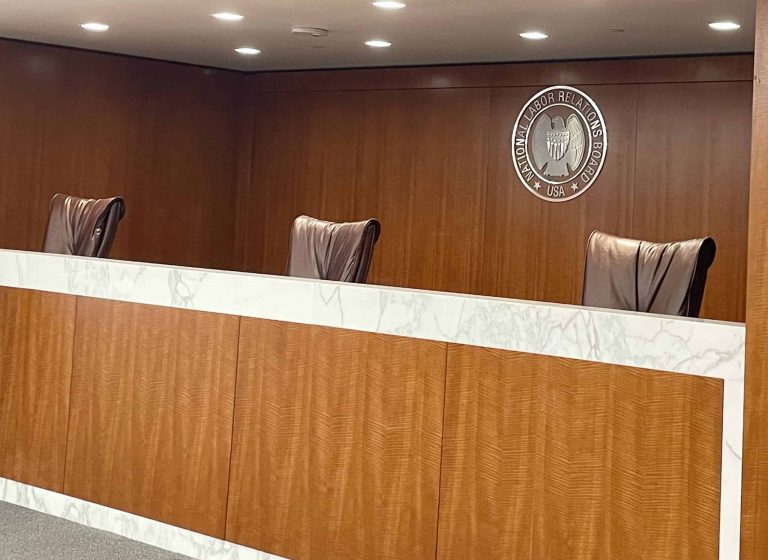Hannah Belitz is a student at Harvard Law School.
The Supreme Court has ruled in favor of workers in a major class action lawsuit against Tyson, the New York Times reports. Justice Kennedy, writing for a 6-2 majority, held that the plaintiffs could rely on statistical evidence to prove their case. The holding should limit the breadth of the Court’s 2011 decision in WalMart v. Dukes, and marks the second victory for plaintiffs this term (the first being Campbell-Ewald Co. v. Gomez).
At the Washington Post, Lydia DePillis covers a curious phenomenon: the stock market’s resiliency in the aftermath of terrorist attacks. Citing a study by Jeffrey Kleintop, chief global investment strategist for Charles Schwab, DePillis explains that “after major terrorist events…major stock indices in the target countries took 2.8 weeks on average” to recover. The Economist has an explanation: during times of “high anxiety,” consumers simply wait to make purchases or go on trips until “they feel a sense of normalcy return.” They do not, however, stop shopping entirely.
The Department of Labor will soon issue two major rules: the silica rule and the persuader rule. The silica rule “reduces the exposure limit to silica dust,” and the persuader rule narrows the “advice exception” in Section 203(c) of the LMRDA, which currently allows consultants and lawyers to avoid disclosing when they advise employers on, in the words of Politico, “union busting.”
The New York Times reports that New Jersey transit has reached a tentative deal with its rail workers. The deal comes after months of strained negotiations and increasing apprehension that workers would engage in a debilitating strike. According to city officials, the deal forestalls “a strike that could have paralyzed commuting into New York City.”






Daily News & Commentary
Start your day with our roundup of the latest labor developments. See all
December 22
Worker-friendly legislation enacted in New York; UW Professor wins free speech case; Trucking company ordered to pay $23 million to Teamsters.
December 21
Argentine unions march against labor law reform; WNBA players vote to authorize a strike; and the NLRB prepares to clear its backlog.
December 19
Labor law professors file an amici curiae and the NLRB regains quorum.
December 18
New Jersey adopts disparate impact rules; Teamsters oppose railroad merger; court pauses more shutdown layoffs.
December 17
The TSA suspends a labor union representing 47,000 officers for a second time; the Trump administration seeks to recruit over 1,000 artificial intelligence experts to the federal workforce; and the New York Times reports on the tumultuous changes that U.S. labor relations has seen over the past year.
December 16
Second Circuit affirms dismissal of former collegiate athletes’ antitrust suit; UPS will invest $120 million in truck-unloading robots; Sharon Block argues there are reasons for optimism about labor’s future.